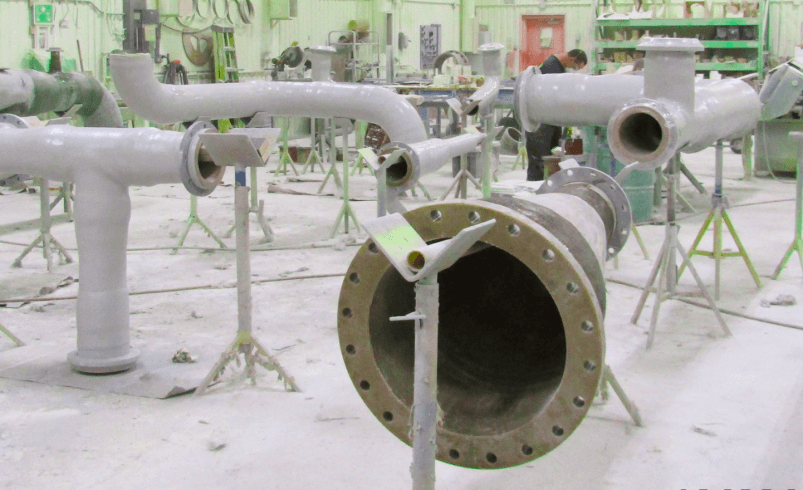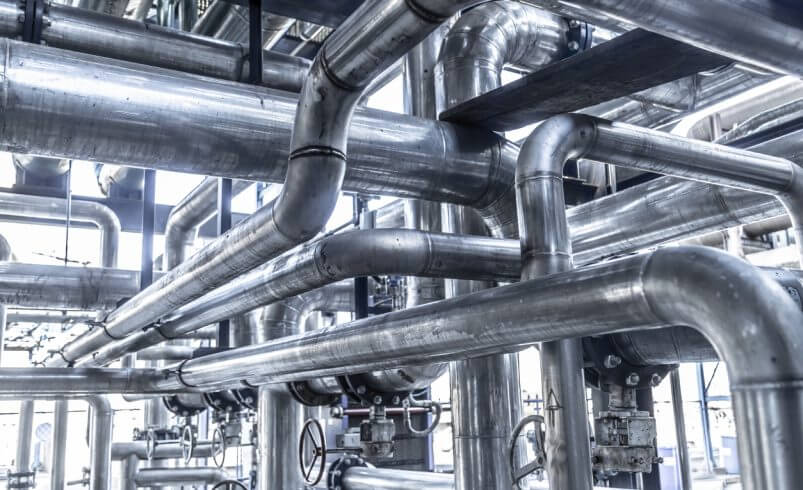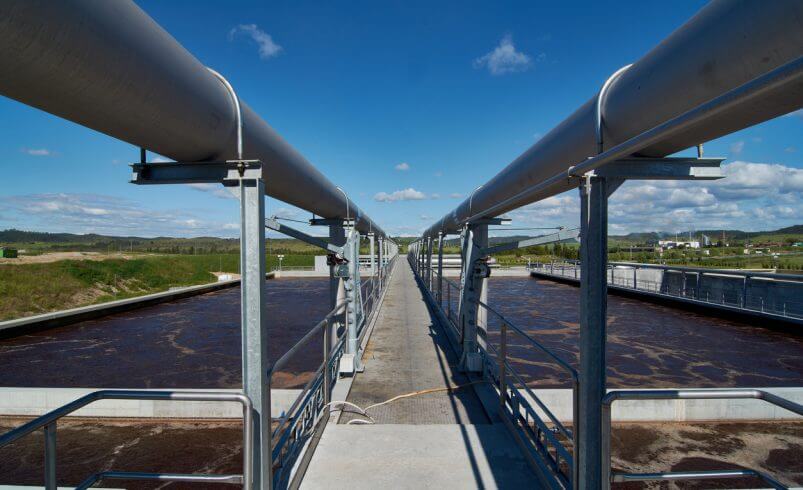
Debunking Myths about Fiberglass Reinforced Plastic
Fiberglass Reinforced Plastic is a versatile and innovative material that has transformed various industries with its exceptional properties. However, like any emerging technology, misconceptions and myths can arise. In this blog post, we aim to debunk some of the most common myths about Fiberglass Reinforced Plastic (FRP) and provide accurate insights into its capabilities and benefits.
Myth 1: FRP is Not Durable
One of the prevailing myths about Fiberglass Reinforced Plastic is that it lacks durability compared to traditional materials like steel or concrete.
In reality, FRP is engineered to withstand harsh environments, heavy loads, and corrosive substances. Its unique composition of reinforced fibers and polymer matrix grants it impressive strength, making it highly durable even in demanding conditions.
Myth 2: FRP is Susceptible to Corrosion
Contrary to this belief, Fiberglass Reinforced Plastic is highly resistant to corrosion, making it an ideal choice for applications in corrosive environments.
Unlike metals that can rust and deteriorate over time, FRP’s corrosion resistance stems from its non-metallic composition. It can withstand exposure to chemicals, moisture, and aggressive substances without compromising its structural integrity.
This resistance to corrosion ensures that FRP remains a durable and reliable material option even in the harshest conditions.
Myth 3: FRP is Difficult to Install and Maintain
Some misconceptions suggest that working with Fiberglass Reinforced Plastic is complex and requires specialized skills. In reality, FRP’s lightweight nature simplifies installation; reducing the need for heavy machinery and extensive labour.
Its versatility allows for easy customization and adjustment to fit specific project requirements, making it a practical choice for various applications.
Additionally, FRP’s low maintenance requirements contribute to its cost-effectiveness. Its resistance to corrosion, chemicals, and UV radiation minimizes the need for frequent inspections and repairs. This ease of installation and minimal maintenance makes FRP an efficient and reliable material choice for long-lasting solutions.
Myth 4: FRP is Limited in Design Flexibility
Fiberglass Reinforced Plastic’s design flexibility is often underestimated. In fact, FRP can be molded into intricate shapes, sizes, and textures, allowing for customized solutions that meet specific project requirements.
This versatility extends beyond aesthetics. FRP can be engineered to possess specific mechanical properties – such as high strength or enhanced thermal insulation – ensuring that the material addresses a wide range of needs.
Its adaptability extends to various industries, from architectural designs to complex industrial equipment. The possibilities for FRP applications are virtually limitless, making it a go-to material for innovative and tailored solutions.
Myth 5: FRP is Environmentally Unfriendly
While some believe that Fiberglass Reinforced Plastic is harmful to the environment, it’s important to note that manufacturing has evolved to incorporate more sustainable practices. Manufacturers are increasingly adopting greener production methods, reducing waste, and improving energy efficiency to mitigate the environmental footprint of FRP production.
Additionally, FRP’s durability and longevity contribute to minimizing the need for replacements, which helps reduce overall environmental impact. The extended lifespan of FRP products means that they remain in service for a longer time, requiring fewer resources for maintenance, repair, and replacement.
As industries prioritize sustainability, Fiberglass Reinforced Plastic emerges as a material that aligns with eco-friendly initiatives. It contributes to a more responsible and efficient use of resources.
Myth 6: FRP is Cost-Prohibitive
Although the initial cost of Fiberglass Reinforced Plastic may be higher than some traditional materials, its long-term benefits far outweigh the initial investment. Reduced maintenance expenses, extended lifespan, and lower installation costs make FRP a more cost-effective solution. It provides long-term savings when it’s used for projects that demand longevity and reliability.
Advancements in FRP manufacturing have led to greater affordability, making it a viable choice for various applications. When considering the total cost of ownership including factors beyond the upfront price tag (maintenance, repairs, replacements), FRP emerges as a financially sound choice.
As the market begins to recognize the advantages of FRP, it’s becoming clear that the initial cost differential is a trade-off for the value it provides.
Myth 7: FRP is Limited in Applications
Fiberglass Reinforced Plastic’s versatility extends to numerous applications across various industries, showcasing its adaptability and reliability. Far from being confined to a niche, FRP has proven its efficacy in crucial infrastructure projects to intricate equipment designs.
Water treatment facilities benefit from FRP’s resistance to corrosion and chemicals, ensuring the integrity of systems that handle vital resources. The aerospace industry embraces it for its lightweight yet durable characteristics, contributing to fuel efficiency and enhanced performance.
In construction and architecture, its design flexibility creates striking structures and shapes that marry aesthetics with functionality. The automotive sector values FRP for its strength-to-weight ratio, contributing to both safety and energy efficiency.
Facts About FRP
As more industries discover the potential of FRP, it’s evident that its applications are only limited by a lack of imagination and innovation. The ability for it to thrive in diverse environments speaks to its robustness and underscores its standing as a versatile material.
At Troy Dualam Inc., we are committed to manufacturing innovative solutions using Fiberglass Reinforced Plastic. If you’re considering FRP for your industrial needs, our experts are here to provide guidance and solutions with proven results. Contact us today to learn more about the advantages of FRP and how it can transform your projects.


